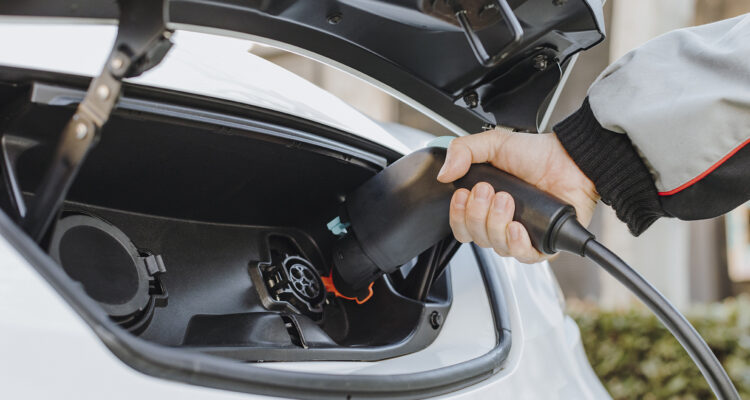A recent survey from Teletrac Navman highlighted that more than half of fleets (65%) are feeling environmental pressure to transition to alternative energy. Many are operating a multi-energy fleet or are about to begin their transition while still experiencing a lack of readily available, trustworthy guidance.
With mounting pressures from both consumers and business customers expecting the supply chain to address climate change in a meaningful way, transportation, logistics and other industries that utilise fleet vehicles must now look to fulfill this mandate through a reduction in their carbon footprint – a major focus for the transport and logistics sector as one of the biggest contributors to emissions worldwide.
While changing energy types is the ultimate solution to decarbonise fleets, this is a long-term objective that will happen over many years, if not a decade or two. Because of this many businesses are finding ways to reduce emissions using fleet management software, which enables proactive measures to be taken that are not only good for the environment and the reduction of their carbon footprint, but also for a company’s bottom line.
Decreasing Idling
An idling vehicle is an inefficient vehicle. Heavy-duty diesel engines such as those in long-haul trucks put off a significant number of pollutants while idling. In addition to increased emissions, idling also wastes fuel and increases vehicle wear-and-tear.
With fleet management software, fleet managers can track engine idle time more efficiently. This data can be used to create and enforce anti-idle policies within a fleet, leading to an overall reduction in fleet vehicle emissions.
Businesses can also see reduced fuel costs as a result of decreased idling – HGV’s can burn nearly two litres of fuel per hour. By reducing idling, these cost savings can be better spent maintaining the fleet, driving growth initiatives, or making capital investments.
More Efficient Travel
Poor route planning results in lost productivity, increased fuel spend and underutilised assets. In terms of carbon footprint, the extra travel also results in greater emissions on longer routes and the potential for increased idling as employees wait for additional assignments.
With better vehicle tracking systems and real-time route planning, dispatch teams with large fleets can assign jobs more effectively, eliminating downtime between jobs. Additionally, with greater insights into route options, fleet managers can better plan routes to avoid delays that increase emissions and time on the road.
Better Vehicle Performance
Properly maintained fleet vehicles are more efficient than those that do not receive regular inspections. Due to their heavy daily use, poorly maintained fleet vehicles are more likely to experience mechanical issues that can result in increased emissions, such as fuel injection problems, sensor issues or faulty exhaust systems.
Through data from your fleet management platform and integrated pre-trip checklists, your team can spot and log centrally any issues with a vehicle early, preventing faulty vehicles from being in service for prolonged periods. Additionally, regular maintenance schedules offer their own cost-saving benefits. By addressing small issues early, the risk of larger mechanical problems is reduced.
Fleet management software can have a positive impact on reducing a company’s carbon footprint. By putting actionable data at decision makers’ fingertips, environmental impact can be strategically and effectively reduced and profit margins increased.
Teletrac Navman have recently announced both the launch of their Electrification tool and their new expert lead podcast looking to help fleets decarbonise, both offering fleet managers trustworthy guidance on the road to transition.
The full survey can be read here.
Author: Barney Goffer, UK Product Manager at Teletrac Navman






